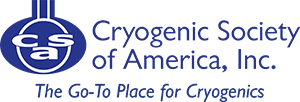 The NASA Engineering and Safety Center (NESC) has developed an analytical model that predicts diffusion between two gases during piston purging of liquid hydrogen (LH2) tanks. This model helps explain dramatic helium savings seen in a recent Kennedy Space Center (KSC) purge, shows that undesired turbulent mixing occurred in Space Shuttle External Tank purges, and is applicable to future helium purges of the Space Launch System Core Stage LH2 tanks.
The NASA Engineering and Safety Center (NESC) has developed an analytical model that predicts diffusion between two gases during piston purging of liquid hydrogen (LH2) tanks. This model helps explain dramatic helium savings seen in a recent Kennedy Space Center (KSC) purge, shows that undesired turbulent mixing occurred in Space Shuttle External Tank purges, and is applicable to future helium purges of the Space Launch System Core Stage LH2 tanks.
Read More
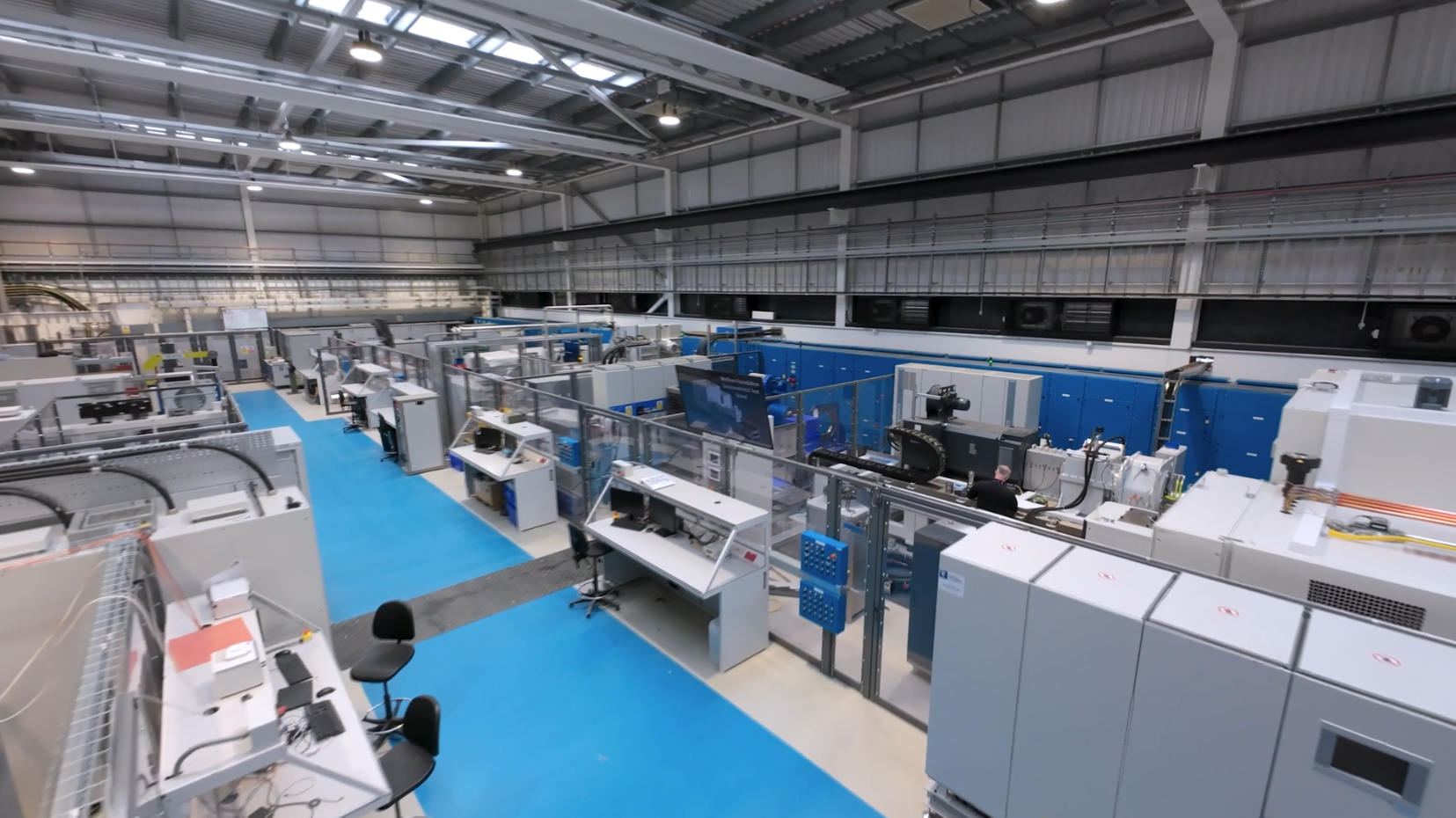 The University of Nottingham has kicked off a £5.3 million program of research to support the development, manufacture and testing of a revolutionary cryogenic hydrogen-electric propulsion system. The news was announced at the Farnborough International Airshow 2024 and is part of a pioneering £44 million project led by GKN Aerospace, in partnership with Parker Meggitt and the universities of Manchester and Nottingham, supported by the UK government through the Aerospace Technology Institute (ATI) program.
The University of Nottingham has kicked off a £5.3 million program of research to support the development, manufacture and testing of a revolutionary cryogenic hydrogen-electric propulsion system. The news was announced at the Farnborough International Airshow 2024 and is part of a pioneering £44 million project led by GKN Aerospace, in partnership with Parker Meggitt and the universities of Manchester and Nottingham, supported by the UK government through the Aerospace Technology Institute (ATI) program.
Read More
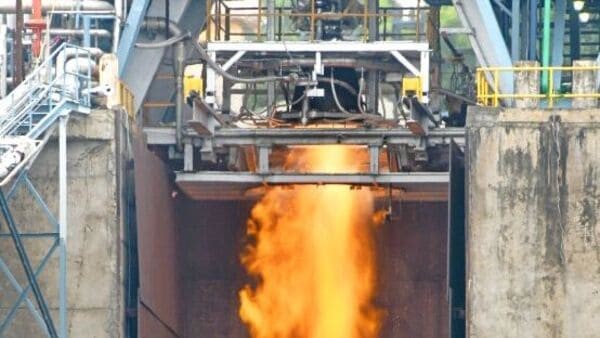 The Indian Space Research Organization (ISRO) announced a significant breakthrough in propulsion technology as the CE20 cryogenic engine passed a critical sea-level test, marking a vital step forward for its future space missions.
The Indian Space Research Organization (ISRO) announced a significant breakthrough in propulsion technology as the CE20 cryogenic engine passed a critical sea-level test, marking a vital step forward for its future space missions.
Read More
 Japanese auto giant Toyota has developed a system to recycle “boil-off” gas for liquid hydrogen-fuelled vehicles. While liquid H2 has a higher energy density by volume than compressed gas, which would reduce refuelling costs, the molecules must also be kept at temperatures below minus-253°C, or close to absolute zero.
Japanese auto giant Toyota has developed a system to recycle “boil-off” gas for liquid hydrogen-fuelled vehicles. While liquid H2 has a higher energy density by volume than compressed gas, which would reduce refuelling costs, the molecules must also be kept at temperatures below minus-253°C, or close to absolute zero.
Read More
 Standex International Corporation (SXI) has acquired Michigan-based advanced cryogenic equipment manufacturer Custom Biogenic Systems (CBS) for around $6.2m cash. Under terms of the deal, CBS will become part of SXI’s scientific business segment.
Standex International Corporation (SXI) has acquired Michigan-based advanced cryogenic equipment manufacturer Custom Biogenic Systems (CBS) for around $6.2m cash. Under terms of the deal, CBS will become part of SXI’s scientific business segment.
Read More
Korean Scientists Achieve Unprecedented Real-Time Capture of Quantum Information
 A research team led by Professor Jaedong Lee from the Department of Chemical Physics at DGIST (President Kunwoo Lee) has unveiled a groundbreaking quantum state and an innovative mechanism for extracting and manipulating quantum information through exciton and Floquet states.
A research team led by Professor Jaedong Lee from the Department of Chemical Physics at DGIST (President Kunwoo Lee) has unveiled a groundbreaking quantum state and an innovative mechanism for extracting and manipulating quantum information through exciton and Floquet states.
Read More
Leon Cooper Dies at 94
 Leon Cooper, who has died aged 94, helped to solve a problem that had stumped many of the greatest minds in twentieth-century physics. With his colleagues John Bardeen and Robert Schrieffer, he deciphered the dance of electrons that causes superconductivity, or the sudden drop in electrical resistance experienced by certain materials, such as mercury, when they reach temperatures only a few degrees above absolute zero. This phenomenon has since served to generate, for example, the very high magnetic fields needed to operate technology such as magnetic resonance imaging body scanners. The Bardeen–Cooper–Schrieffer (BCS) theory of superconductivity won them the Nobel Prize in Physics in 1972.
Leon Cooper, who has died aged 94, helped to solve a problem that had stumped many of the greatest minds in twentieth-century physics. With his colleagues John Bardeen and Robert Schrieffer, he deciphered the dance of electrons that causes superconductivity, or the sudden drop in electrical resistance experienced by certain materials, such as mercury, when they reach temperatures only a few degrees above absolute zero. This phenomenon has since served to generate, for example, the very high magnetic fields needed to operate technology such as magnetic resonance imaging body scanners. The Bardeen–Cooper–Schrieffer (BCS) theory of superconductivity won them the Nobel Prize in Physics in 1972.
Read More
A Basic Science Breakthrough
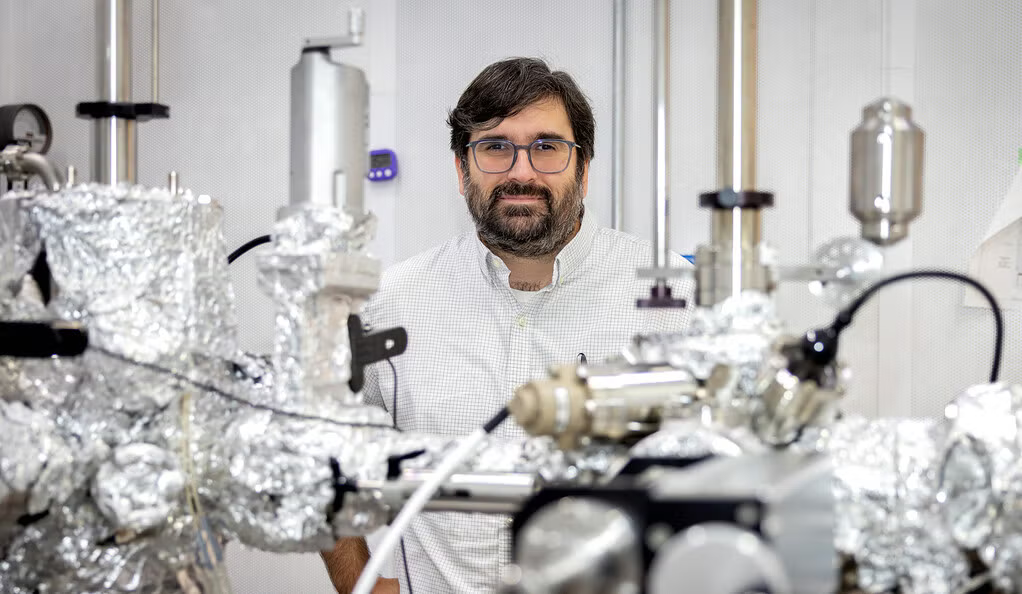 A Yale-led team has found the strongest evidence yet of a novel type of superconducting material, a fundamental science breakthrough that may open the door to coaxing superconductivity — the flow of electric current without a loss of energy — in a new way.
A Yale-led team has found the strongest evidence yet of a novel type of superconducting material, a fundamental science breakthrough that may open the door to coaxing superconductivity — the flow of electric current without a loss of energy — in a new way.
Read More

Read More
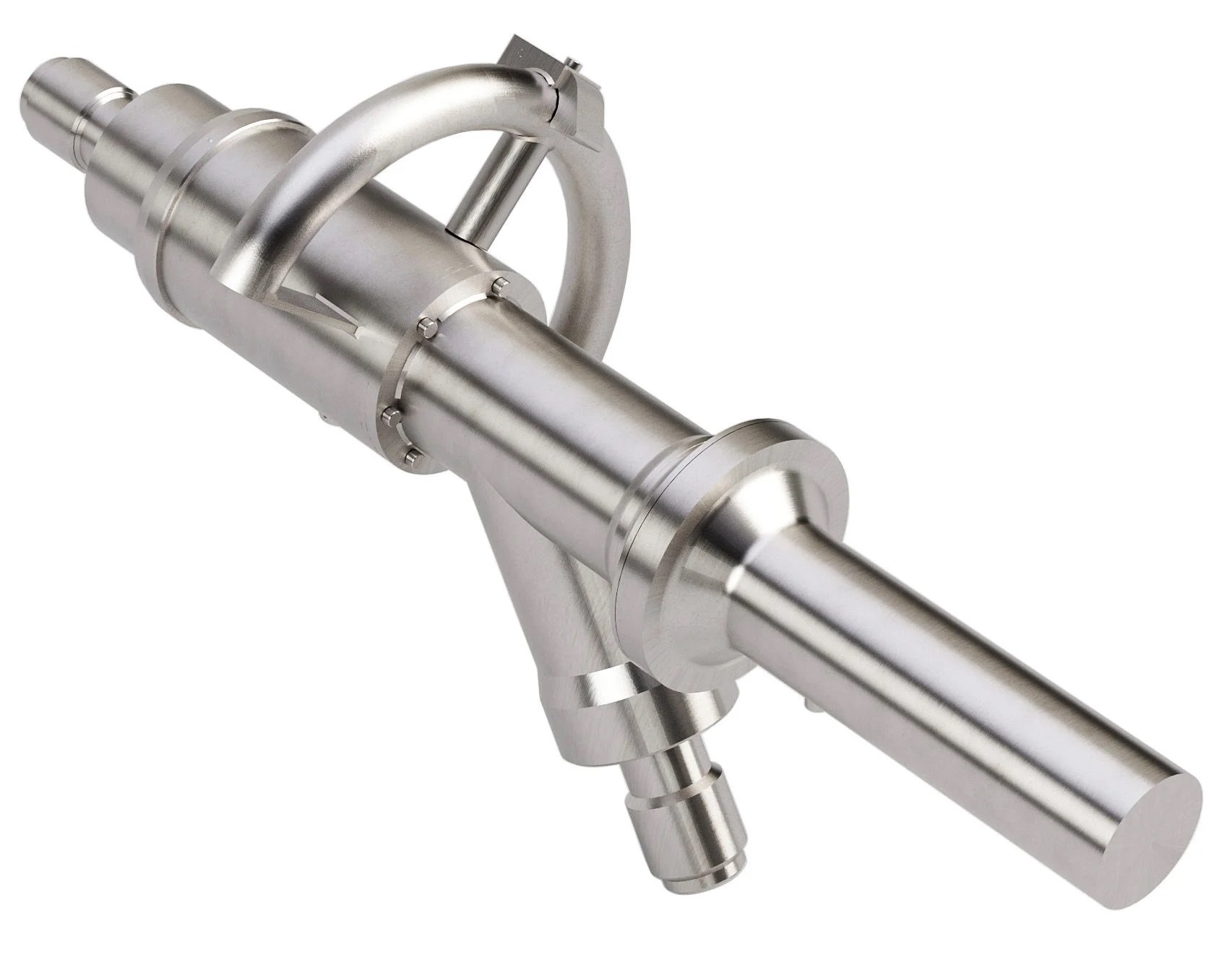 It’s a fact of life in industrial processing that in order to accomplish “good” things you must sometimes have to work with potentially “bad” things. Such is the case with liquid hydrogen, or LH2. For example, as the industrial world continues to look for new ways to move away from the use of traditional fossil fuels to power vehicles and industrial processes, a number of alternatives have begun to rise to the fore. For the most part, this quest to expand the energy pool via “green” clean-energy alternatives is being driven by environmental, social and governance (ESG) initiatives that are aimed at reducing the high carbon footprint, greenhouse gas emissions and ozone depletion potential that are implicit in fossil fuel usage, which many argue are at the forefront of global climate change.
It’s a fact of life in industrial processing that in order to accomplish “good” things you must sometimes have to work with potentially “bad” things. Such is the case with liquid hydrogen, or LH2. For example, as the industrial world continues to look for new ways to move away from the use of traditional fossil fuels to power vehicles and industrial processes, a number of alternatives have begun to rise to the fore. For the most part, this quest to expand the energy pool via “green” clean-energy alternatives is being driven by environmental, social and governance (ESG) initiatives that are aimed at reducing the high carbon footprint, greenhouse gas emissions and ozone depletion potential that are implicit in fossil fuel usage, which many argue are at the forefront of global climate change.
Read More
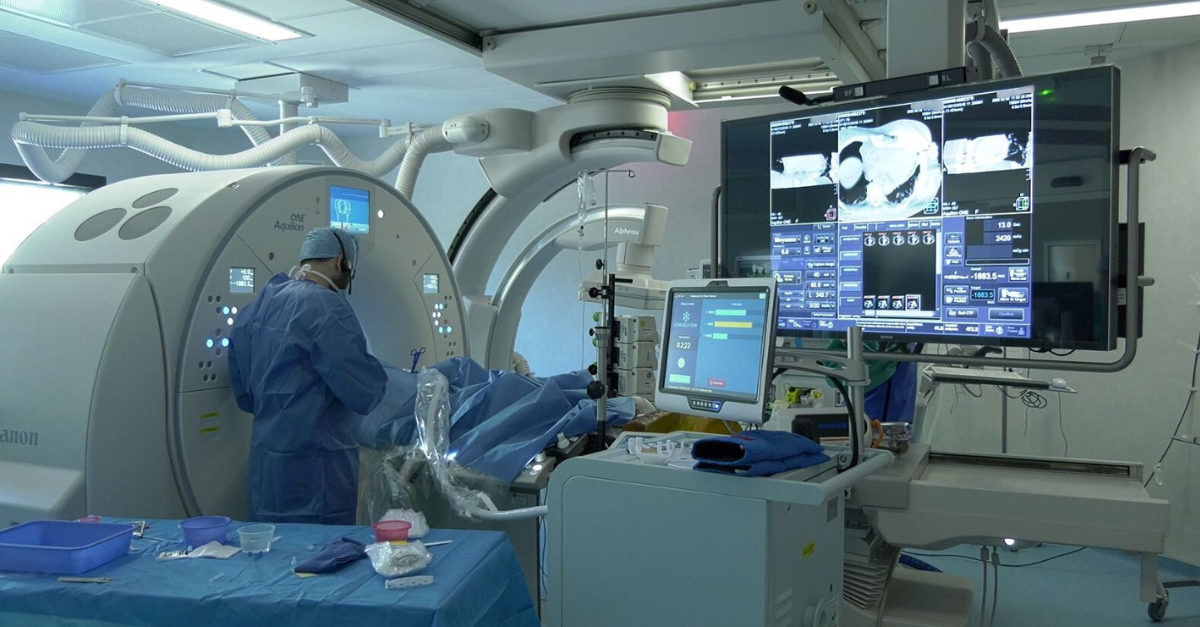 In the ongoing battle against cancer, IceCure Medical is providing minimally invasive, lifesaving options for patients with its revolutionary cryoablation technology, particularly through its flagship product, the ProSense® System. This state-of-the-art system offers an alternative to traditional surgical methods, effectively targeting both benign and malignant tumors while significantly enhancing patient comfort and recovery. IceCure’s approach is particularly timely, as the demand for less invasive treatments that improve patient outcomes and minimize the physical and emotional toll of cancer care continues to grow. Its cryoablation technology represents a groundbreaking shift in how tumors are treated.
In the ongoing battle against cancer, IceCure Medical is providing minimally invasive, lifesaving options for patients with its revolutionary cryoablation technology, particularly through its flagship product, the ProSense® System. This state-of-the-art system offers an alternative to traditional surgical methods, effectively targeting both benign and malignant tumors while significantly enhancing patient comfort and recovery. IceCure’s approach is particularly timely, as the demand for less invasive treatments that improve patient outcomes and minimize the physical and emotional toll of cancer care continues to grow. Its cryoablation technology represents a groundbreaking shift in how tumors are treated.
Read More
Remembering Guy Gistau-Baguer
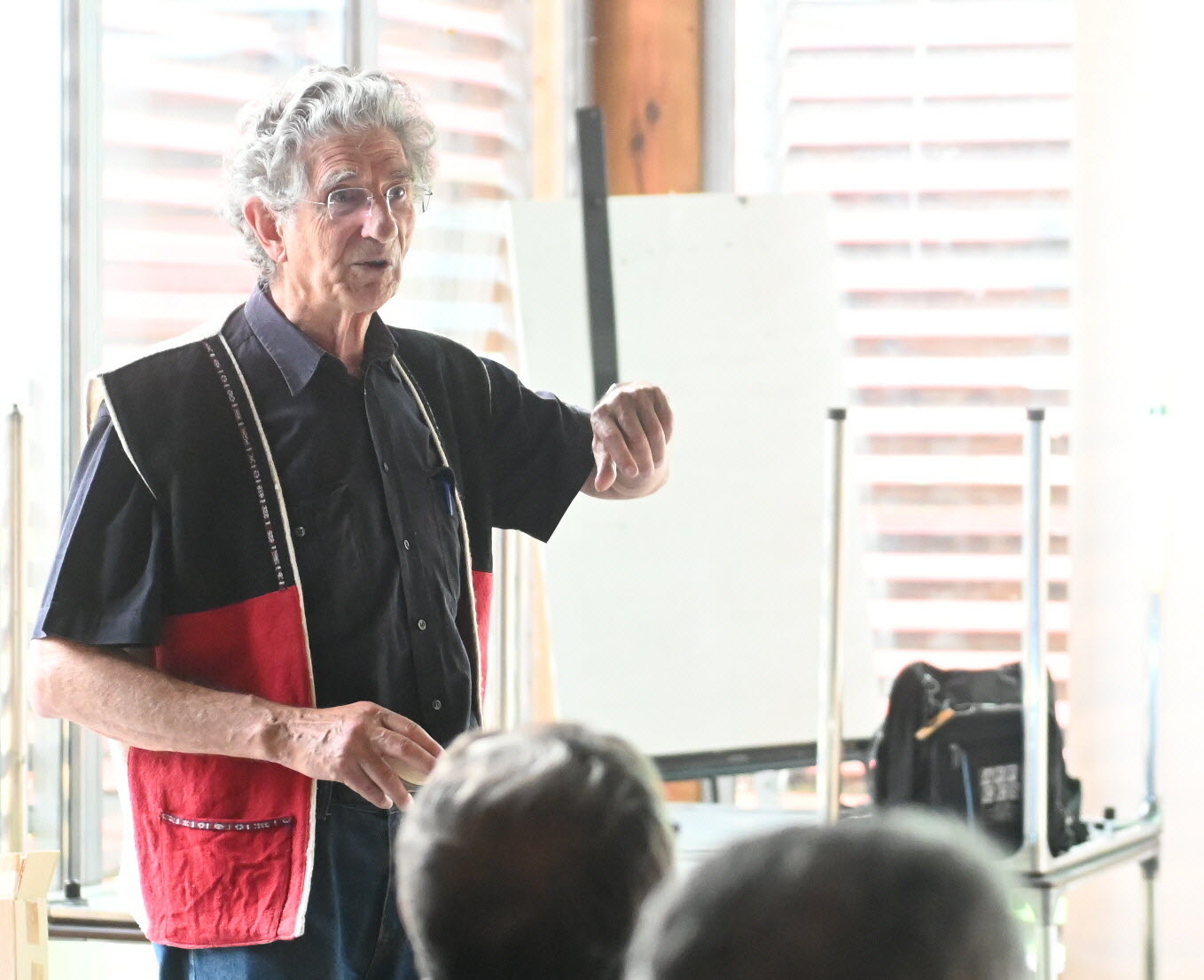 Guy Gistau-Baguer, an iconic figure in the field of cryogenics, passed away August 25, 2024, leaving behind a significant scientific and technical legacy. Born on June 22, 1940, in Génos, France, he graduated from the École Nationale Supérieure des Arts et Métiers in 1963. His career was marked by an unwavering passion for innovation and research, making him a pioneer in cryogenics, particularly in the refrigeration and liquefaction of helium.
Guy Gistau-Baguer, an iconic figure in the field of cryogenics, passed away August 25, 2024, leaving behind a significant scientific and technical legacy. Born on June 22, 1940, in Génos, France, he graduated from the École Nationale Supérieure des Arts et Métiers in 1963. His career was marked by an unwavering passion for innovation and research, making him a pioneer in cryogenics, particularly in the refrigeration and liquefaction of helium.
Read More
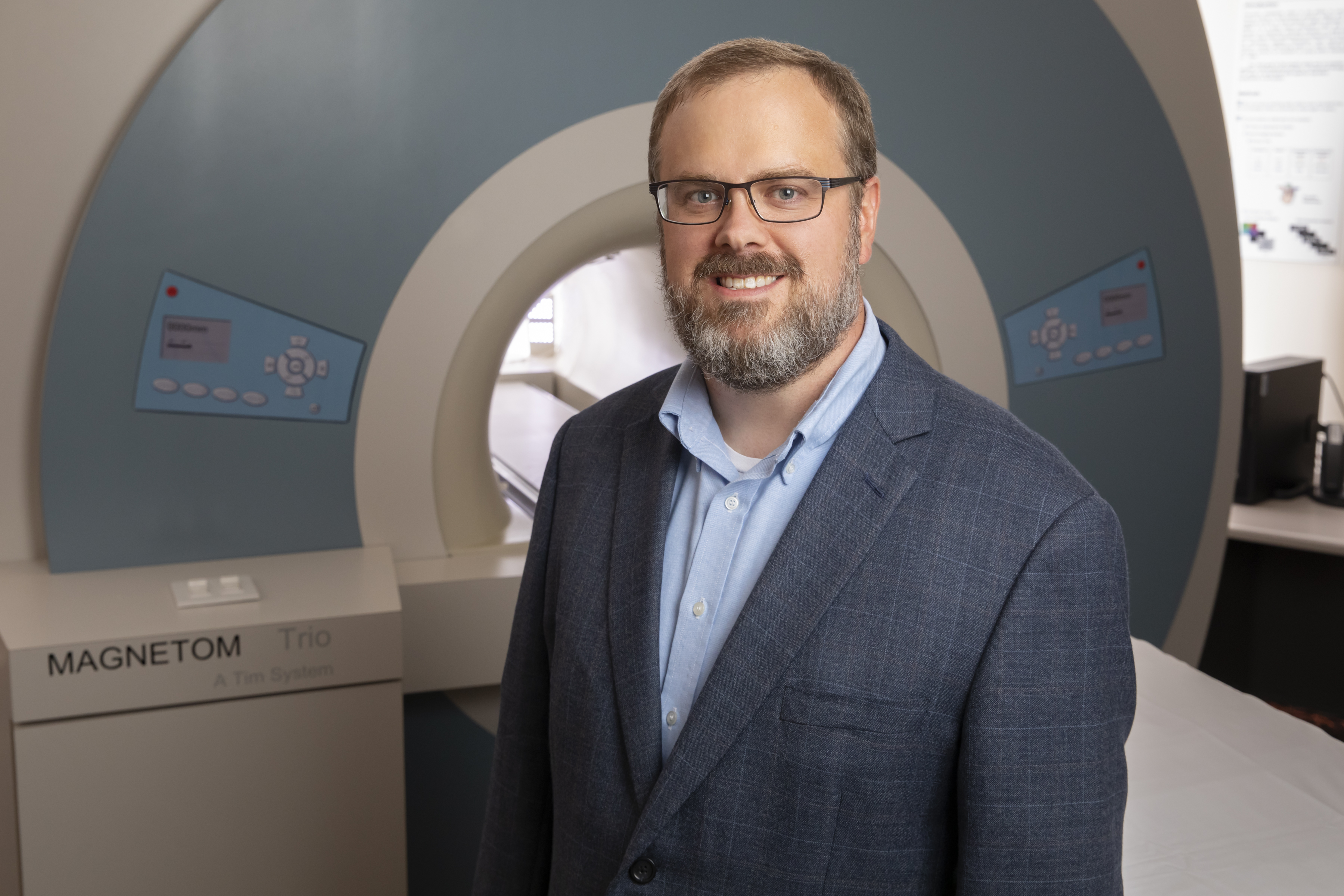 Brad Sutton, Technical Director at the Beckman Institute for Advanced Science and Technology’s Biomedical Imaging Center and Professor of Bioengineering at the University of Illinois Urbana-Champaign, has been named a Fellow by the International Society for Magnetic Resonance in Medicine (ISMRM) as of May 6, 2024. This honor recognizes his significant contributions to magnetic resonance imaging (MRI), particularly in developing advanced algorithms that reconstruct brain images from raw MRI data. Sutton’s innovative approach transforms complex, indecipherable data into usable images, crucial for visualizing and interpreting brain structures.
Brad Sutton, Technical Director at the Beckman Institute for Advanced Science and Technology’s Biomedical Imaging Center and Professor of Bioengineering at the University of Illinois Urbana-Champaign, has been named a Fellow by the International Society for Magnetic Resonance in Medicine (ISMRM) as of May 6, 2024. This honor recognizes his significant contributions to magnetic resonance imaging (MRI), particularly in developing advanced algorithms that reconstruct brain images from raw MRI data. Sutton’s innovative approach transforms complex, indecipherable data into usable images, crucial for visualizing and interpreting brain structures.
Read More
Fabrum and Fortescue Commission Australia’s Largest Liquid Hydrogen Plant on a Mine Site
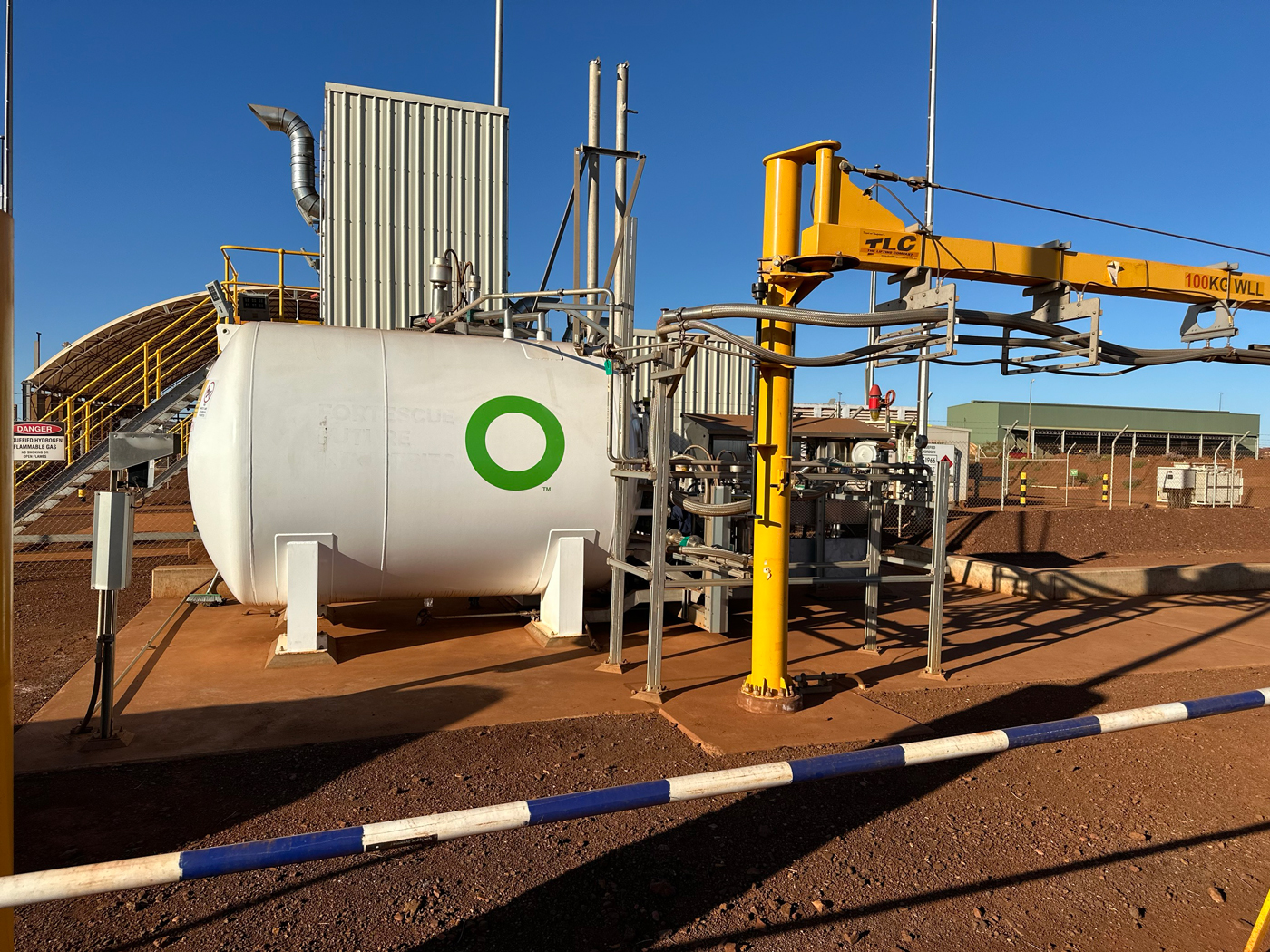 In a landmark development for green technology, New Zealand-based Fabrum, an industry leader in zero-emission transition technologies, has successfully partnered with Australian mining giant Fortescue to design, build and commission the largest liquid hydrogen plant at a mine site in Australia. This state-of-the-art facility, unveiled in August at Fortescue’s Christmas Creek mine, represents a significant step forward in the decarbonization of heavy industry and mining operations.
In a landmark development for green technology, New Zealand-based Fabrum, an industry leader in zero-emission transition technologies, has successfully partnered with Australian mining giant Fortescue to design, build and commission the largest liquid hydrogen plant at a mine site in Australia. This state-of-the-art facility, unveiled in August at Fortescue’s Christmas Creek mine, represents a significant step forward in the decarbonization of heavy industry and mining operations.
Read More
To complement its family of sub-Kelvin cryostats, Danaher Cryogenics announces the release of its new Rodeo Control System. In an elegant, compact package, the Rodeo Control System gives the user great functionality, including system configuration and control, data collection and graphing, and system status. The Rodeo system is composed of the HorseBox Temperature Controller, Danaher’s proprietary HorsePower software, a touchscreen monitor and computer.
Read More
Supercool Google Patent May Help Handle The Challenges Of Hybrid Quantum-Classical Computing
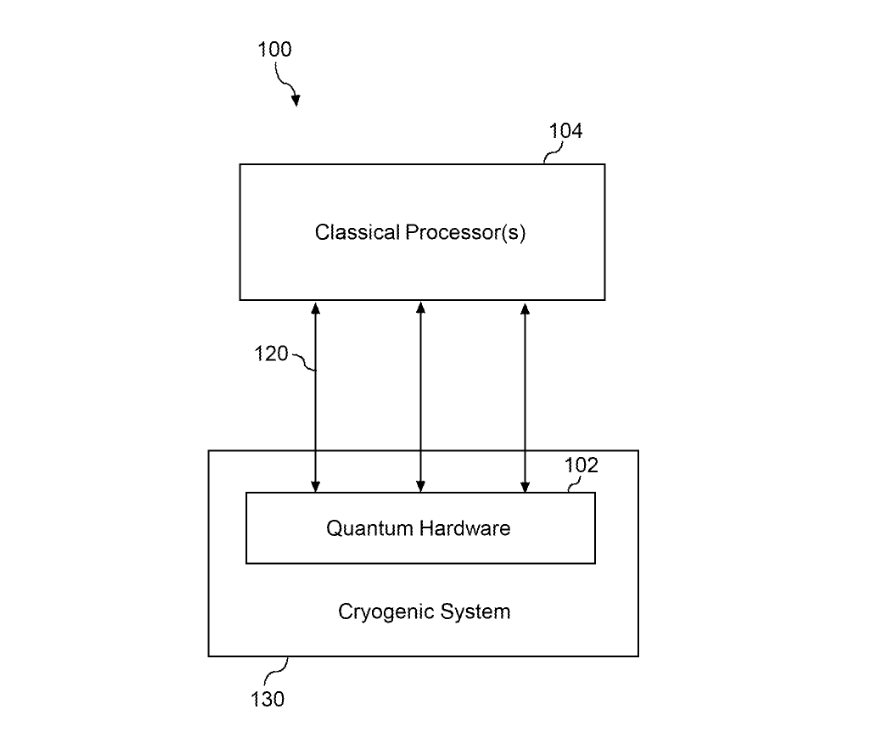 Google’s recent patent filing shows the company is focused at advancing cryogenic cooling systems for quantum computing that don’t just target a pressing challenge — maintaining the near-zero temperatures required for quantum systems to function effectively — but also work in they hybrid quantum-classical environment that most experts anticipate will emerge.
Google’s recent patent filing shows the company is focused at advancing cryogenic cooling systems for quantum computing that don’t just target a pressing challenge — maintaining the near-zero temperatures required for quantum systems to function effectively — but also work in they hybrid quantum-classical environment that most experts anticipate will emerge.
Read More
![[left] A Hubble Space Telescope false-color view of a 100-billion-mile-wide disk of dust around the summer star Vega. Hubble detects reflected light from dust that is the size of smoke particles largely in a halo on the periphery of the disk. The disk is very smooth, with no evidence of embedded large planets. The black spot at the center blocks out the bright glow of the hot young star. [right] The James Webb Space Telescope resolves the glow of warm dust in a disk halo, at 23 billion miles out. The outer disk (analogous to the solar system’s Kuiper Belt) extends from 7 billion miles to 15 billion miles. The inner disk extends from the inner edge of the outer disk down to close proximity to the star. There is a notable dip in surface brightness of the inner disk from approximately 3.7 to 7.2 billion miles. The black spot at the center is due to lack of data from saturation. NASA, ESA, CSA, STScI, S. Wolff (University of Arizona), K. Su (University of Arizona), A. Gáspár (University of Arizona) [left] A Hubble Space Telescope false-color view of a 100-billion-mile-wide disk of dust around the summer star Vega. Hubble detects reflected light from dust that is the size of smoke particles largely in a halo on the periphery of the disk. The disk is very smooth, with no evidence of embedded large planets. The black spot at the center blocks out the bright glow of the hot young star. [right] The James Webb Space Telescope resolves the glow of warm dust in a disk halo, at 23 billion miles out. The outer disk (analogous to the solar system’s Kuiper Belt) extends from 7 billion miles to 15 billion miles. The inner disk extends from the inner edge of the outer disk down to close proximity to the star. There is a notable dip in surface brightness of the inner disk from approximately 3.7 to 7.2 billion miles. The black spot at the center is due to lack of data from saturation. NASA, ESA, CSA, STScI, S. Wolff (University of Arizona), K. Su (University of Arizona), A. Gáspár (University of Arizona)](https://cryo.memberclicks.net/assets/news/Webb%20Black%20hole.png) In the 1997 movie "Contact," adapted from Carl Sagan's 1985 novel, the lead character scientist Ellie Arroway (played by actor Jodi Foster) takes a space-alien-built wormhole ride to the star Vega. She emerges inside a snowstorm of debris encircling the star — but no obvious planets are visible. It looks like the filmmakers got it right.
In the 1997 movie "Contact," adapted from Carl Sagan's 1985 novel, the lead character scientist Ellie Arroway (played by actor Jodi Foster) takes a space-alien-built wormhole ride to the star Vega. She emerges inside a snowstorm of debris encircling the star — but no obvious planets are visible. It looks like the filmmakers got it right.
Read More
 Temperature-controlled supply chain solutions firm Cryoport has partnered with VGCI, a subsidiary of GeneOne Life Science, to support the development of cell and gene therapies and mRNA-based treatments. Under terms of the deal, Cryoport will provide biostorage and bioservices for plasmid DNA products manufactured at VGXI’s facilities in the Woodlands, Texas, and its headquarters and manufacturing location, also in Texas.
Temperature-controlled supply chain solutions firm Cryoport has partnered with VGCI, a subsidiary of GeneOne Life Science, to support the development of cell and gene therapies and mRNA-based treatments. Under terms of the deal, Cryoport will provide biostorage and bioservices for plasmid DNA products manufactured at VGXI’s facilities in the Woodlands, Texas, and its headquarters and manufacturing location, also in Texas.
Read More
Researchers Use High-Performance Computing to Break New Ground in Quantum Photonics
 For the first time, scientists at Paderborn University in Germany have utilized high-performance computing (HPC) to perform large-scale analysis of quantum photonics, marking a significant step forward in the field. By employing customized open-source algorithms, they conducted quantum tomography on a photonic quantum detector at an unprecedented scale. This integration of classical computing and quantum technology opens new doors for advanced quantum applications and measurement techniques.
For the first time, scientists at Paderborn University in Germany have utilized high-performance computing (HPC) to perform large-scale analysis of quantum photonics, marking a significant step forward in the field. By employing customized open-source algorithms, they conducted quantum tomography on a photonic quantum detector at an unprecedented scale. This integration of classical computing and quantum technology opens new doors for advanced quantum applications and measurement techniques.

